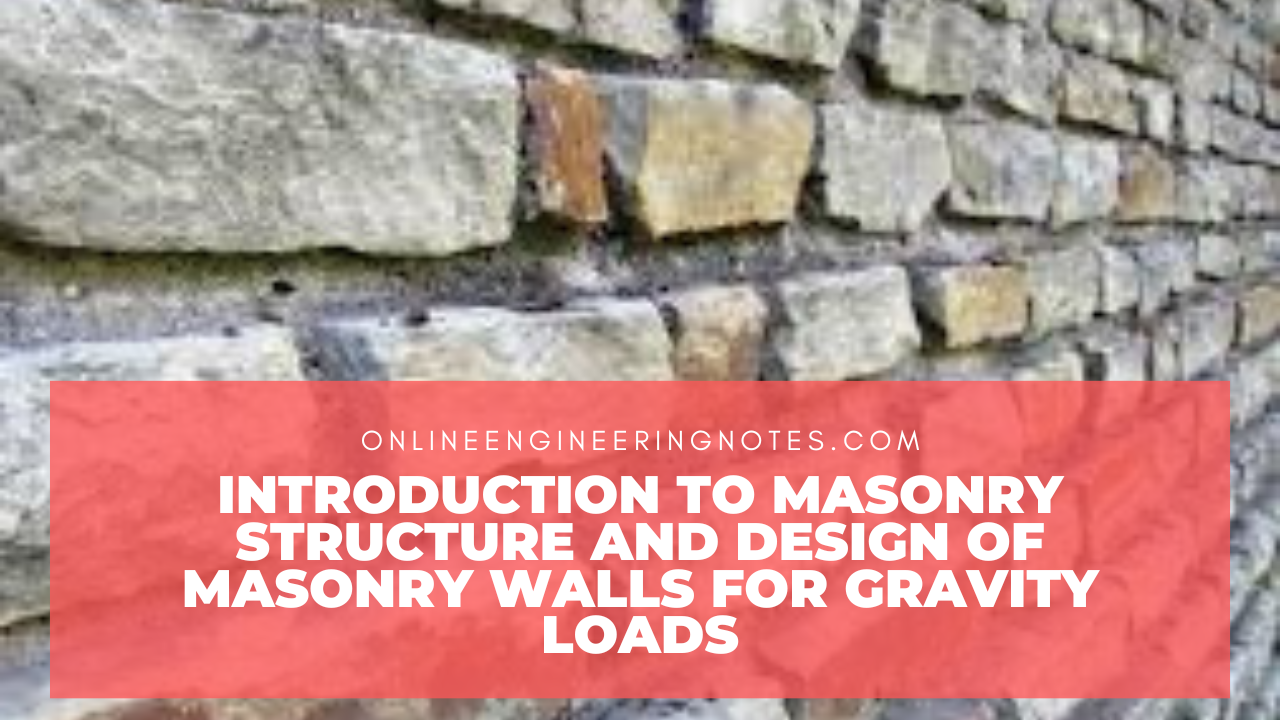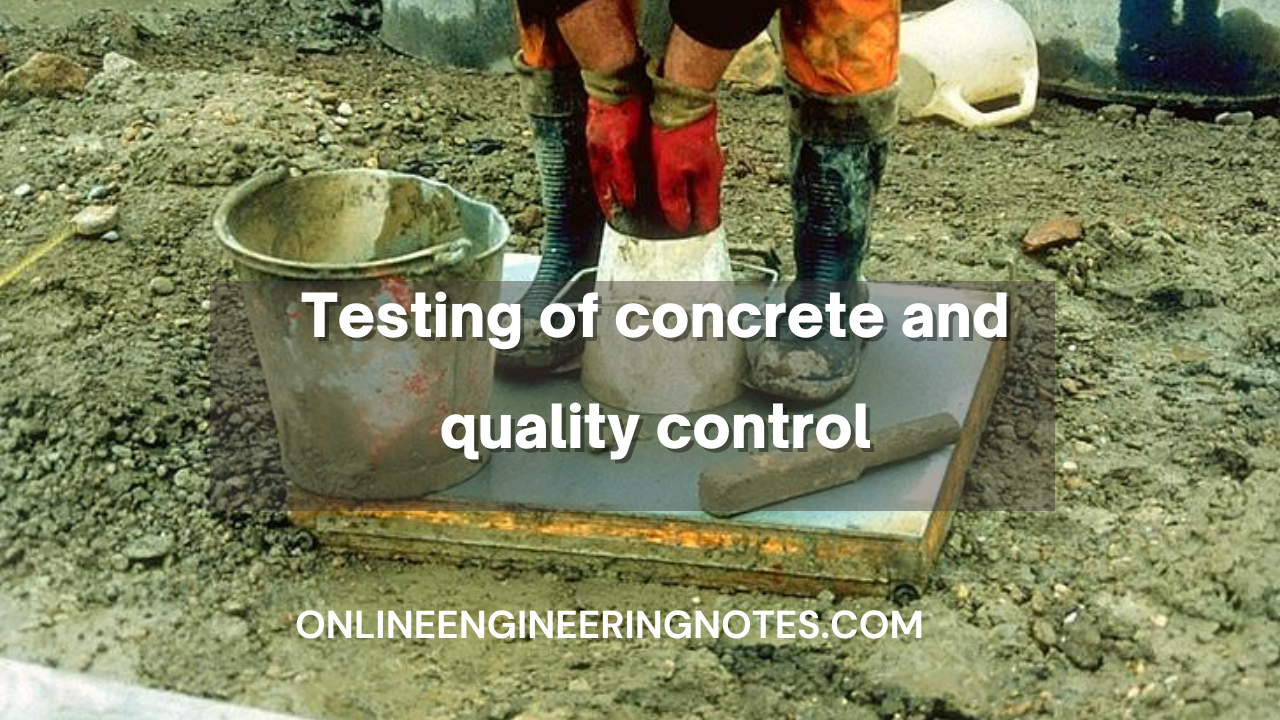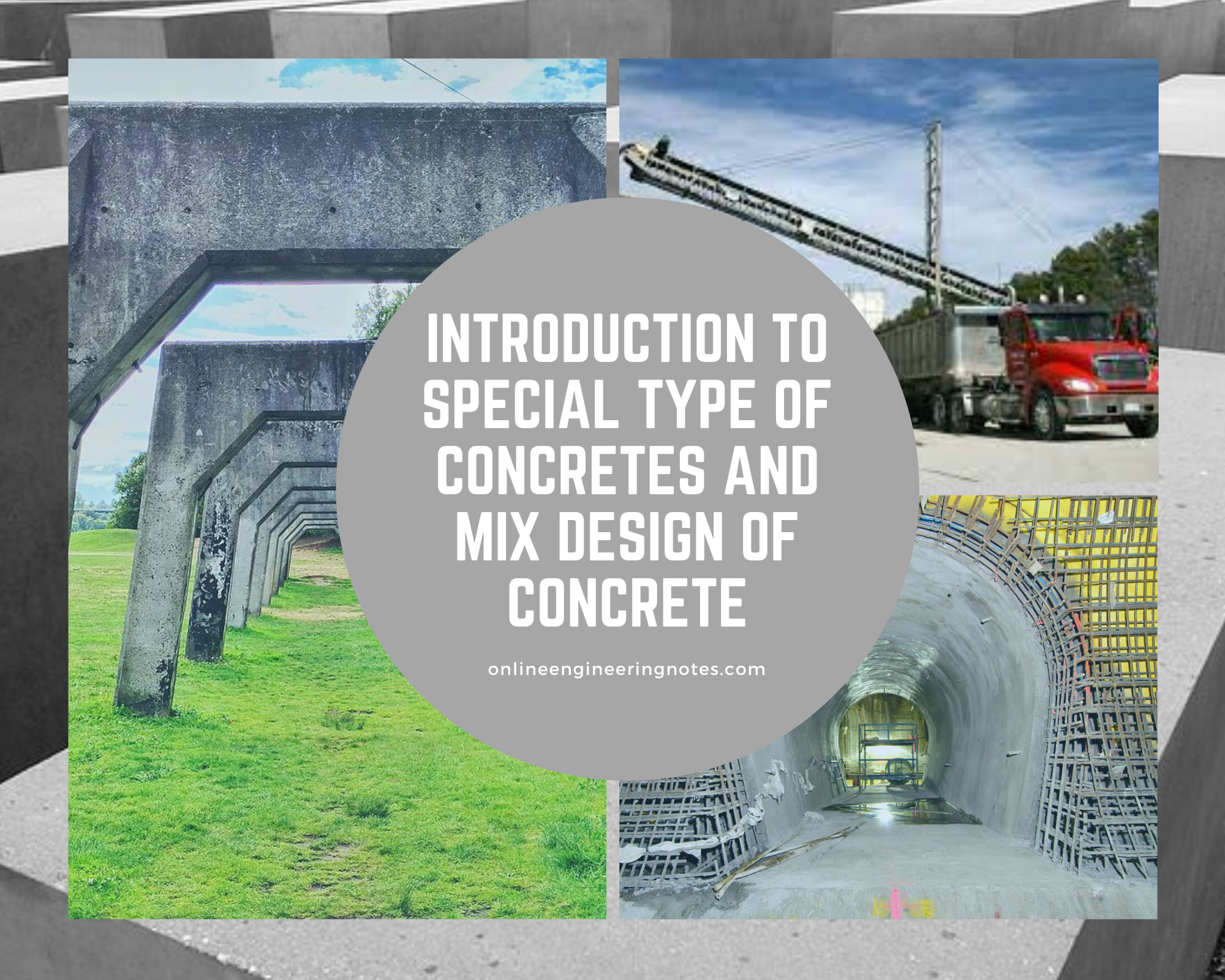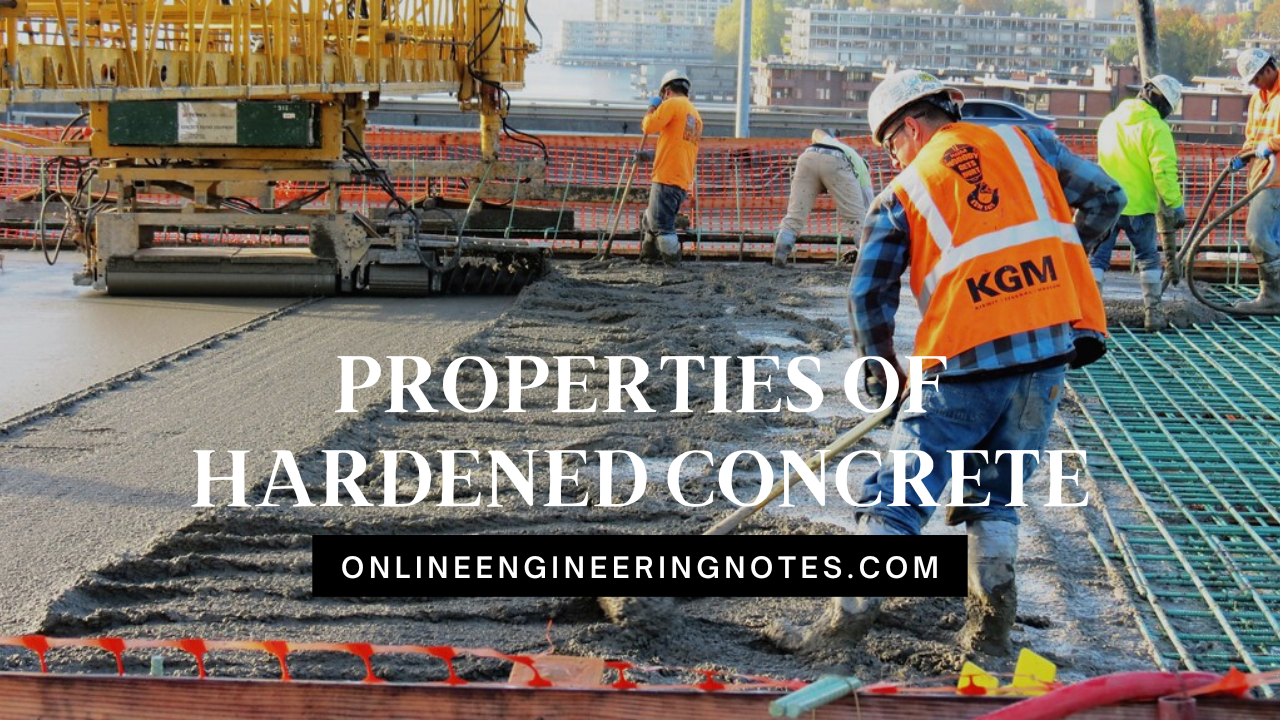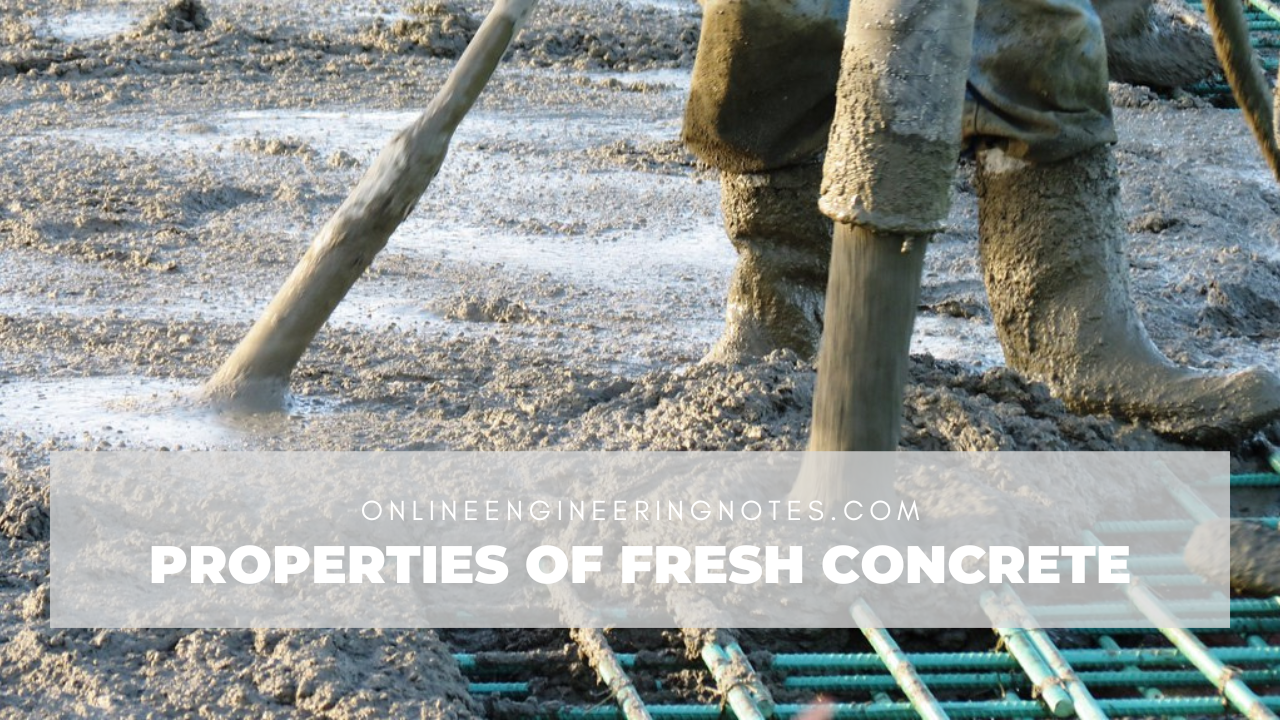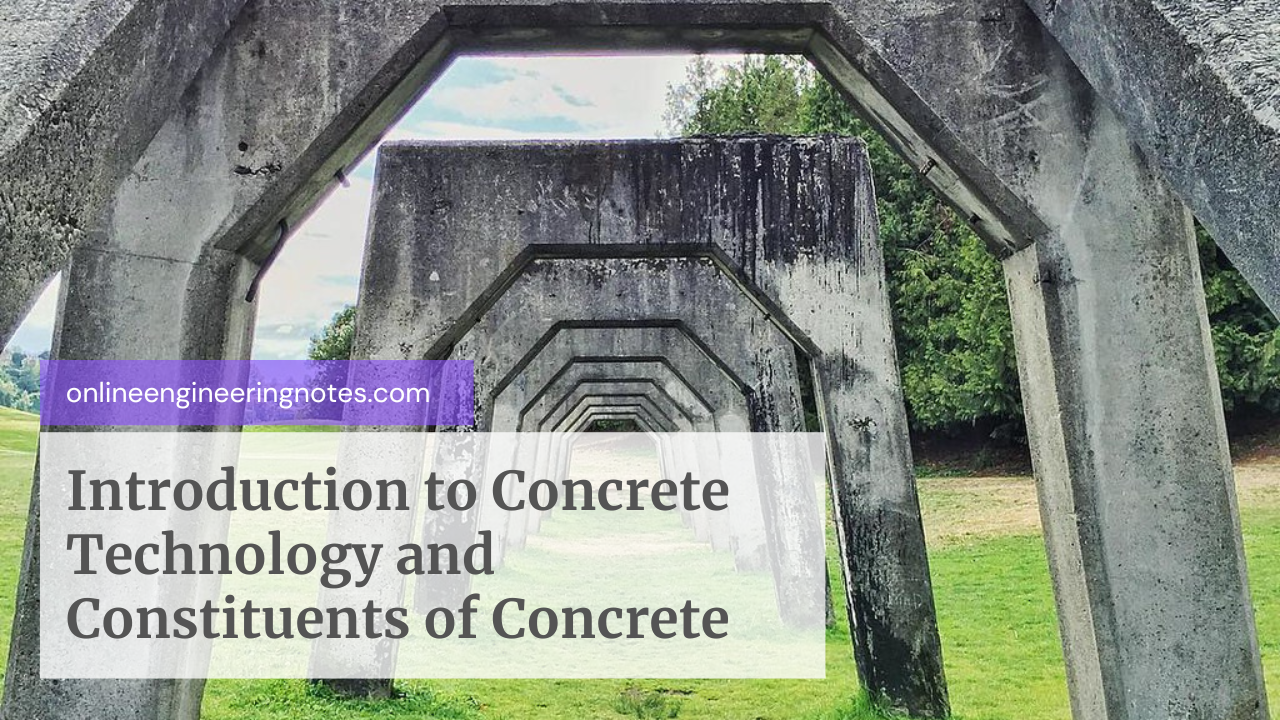Masonry Walls Under Lateral Loads and Testing of Masonry Elements
1.1 Element of lateral load resisting masonry system Elements of lateral load resisting masonry system are: 1.2 In – plane and out of plane behavior of masonry wall In – plane failure: Modes: a. Sliding shear: b. Shear failure: c. Bending failure: Out plane failure: Mode: a. Topping failure: b. Over turning failure: 1.3 Failure … Read more


